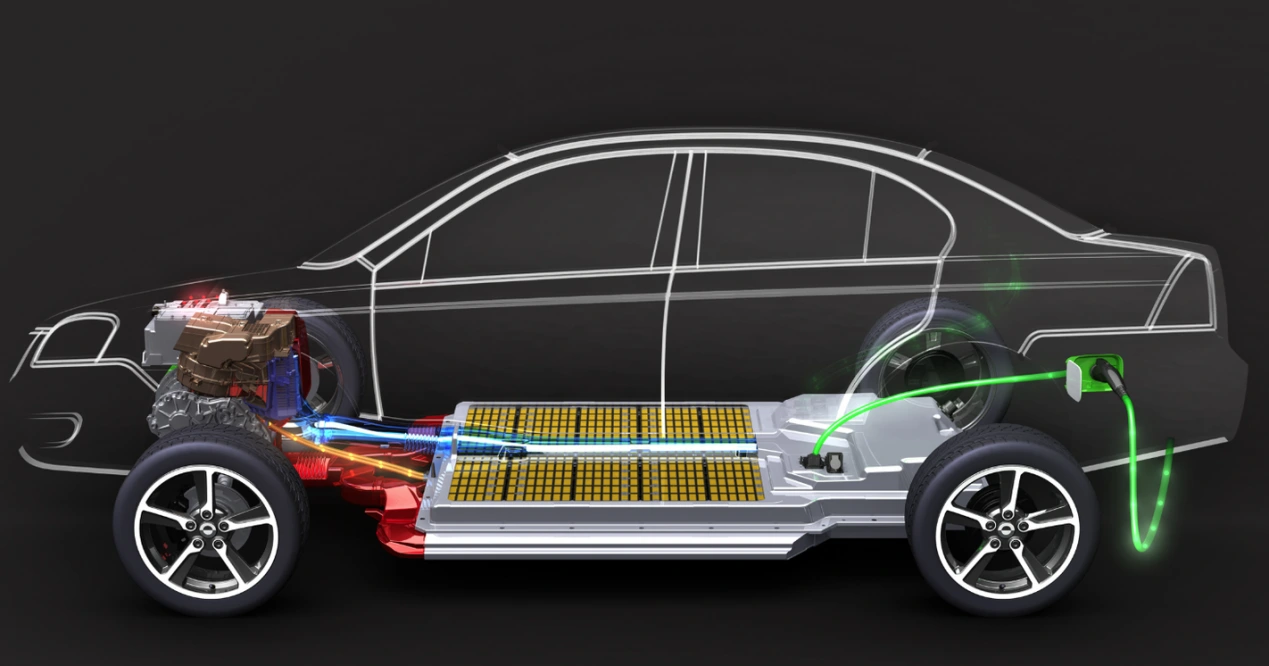In the realm of high-performance computing (HPC), the choice of programming models and communication protocols can significantly impact the efficiency and scalability of applications. Two prominent paradigms that often come into discussion are GDI (Graphics Device Interface) and MPI (Message Passing Interface). While both serve crucial roles in their respective domains, they cater to different needs and functionalities. This article delves into the intricacies of GDI and MPI, highlighting their differences, use cases, and implications for developers and researchers.
Understanding GDI: A Gateway to Graphics
GDI, or Graphics Device Interface, is a core component of the Windows operating system that facilitates the representation of graphical objects and transmitting them to output devices such as monitors and printers. It provides a set of functions for rendering 2D graphics, managing fonts, and handling images. GDI operates at a higher level of abstraction, allowing developers to create visually rich applications without delving into the complexities of hardware interactions.
Key Features of GDI:
- Device Independence: GDI abstracts the details of the underlying hardware, enabling applications to render graphics consistently across different devices.
- Rich Graphics Support: It supports various graphical operations, including drawing lines, shapes, and text, as well as manipulating images.
- Event Handling: GDI integrates seamlessly with Windows event-driven programming, allowing for responsive user interfaces.
- Performance Considerations: While GDI is user-friendly, it may not be the most efficient option for applications requiring high-performance graphics rendering, such as video games or complex simulations.
Exploring MPI: The Backbone of Parallel Computing
In contrast, MPI (Message Passing Interface) is a standardized and portable message-passing system designed for parallel computing. It enables processes running on distributed memory systems to communicate with one another, making it a cornerstone for developing scalable applications in scientific computing, data analysis, and simulations.
Key Features of MPI:
- Scalability: MPI is designed to handle large-scale computations across multiple nodes, making it ideal for supercomputers and clusters.
- Flexibility: It supports various communication paradigms, including point-to-point and collective communication, allowing developers to optimize data transfer based on their application’s needs.
- Portability: MPI implementations are available on a wide range of platforms, ensuring that applications can run on different architectures without significant modifications.
- Performance Optimization: MPI provides mechanisms for fine-tuning communication patterns and minimizing latency, which is critical for performance in parallel applications.
Key Differences Between GDI and MPI
While GDI and MPI serve distinct purposes, their differences can be summarized across several dimensions:
- Domain of Application:
- GDI is primarily focused on graphical rendering within the Windows ecosystem, making it suitable for desktop applications that require graphical user interfaces.
- MPI, on the other hand, is tailored for high-performance computing and parallel processing, making it essential for scientific simulations and data-intensive applications.
- Communication Model:
- GDI operates on a single-threaded model where graphical commands are executed sequentially, which may limit performance in graphics-intensive applications.
- MPI employs a message-passing model that allows multiple processes to communicate asynchronously, facilitating efficient data exchange in parallel computing environments.
- Performance and Scalability:
- GDI may struggle with performance in scenarios requiring real-time rendering or high frame rates, as it is not optimized for parallel execution.
- MPI excels in scalability, allowing applications to leverage the computational power of multiple processors or nodes, thus significantly enhancing performance for large-scale computations.
- Complexity and Learning Curve:
- GDI is generally easier to learn and implement for developers familiar with Windows programming, as it abstracts many complexities of graphics rendering.
- MPI requires a deeper understanding of parallel programming concepts, including synchronization, data distribution, and communication strategies, which can present a steeper learning curve.
Conclusion: Choosing the Right Tool for the Job
In summary, the choice between GDI and MPI hinges on the specific requirements of the application being developed. For developers focused on creating rich graphical interfaces within the Windows environment, GDI offers a robust and user-friendly solution. Conversely, for those engaged in high-performance computing and requiring efficient inter-process communication, MPI stands out as the preferred choice.


